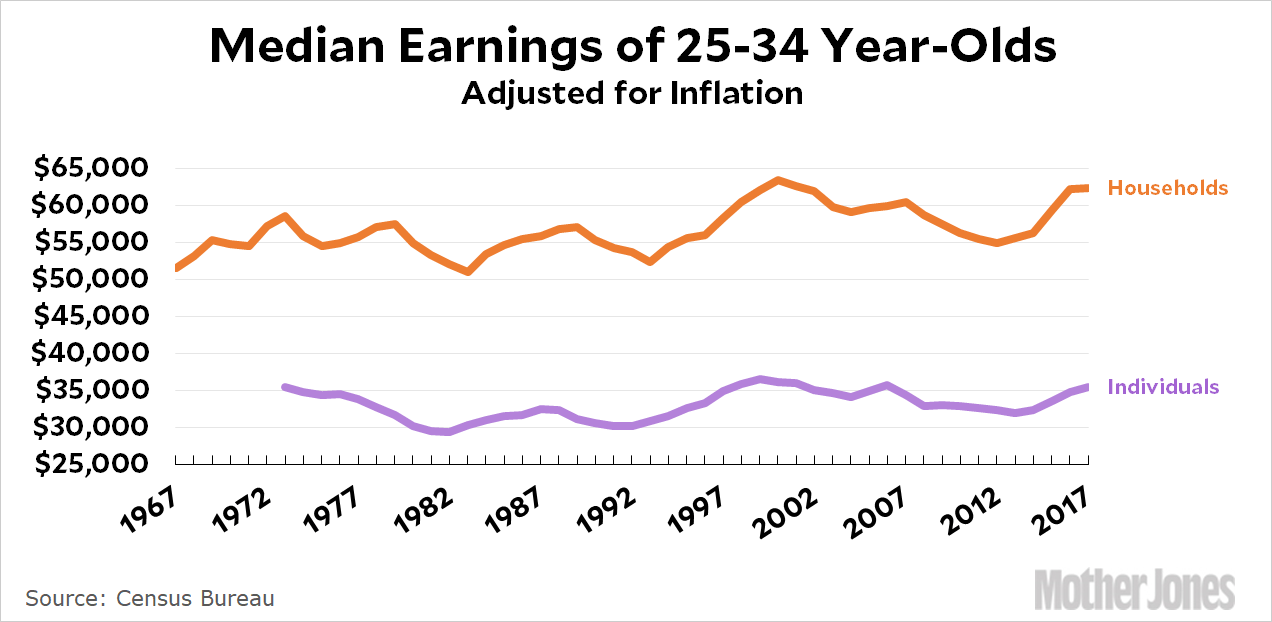Over at Vox, Aditi Shikrant takes on the question of why custom picture framing is so expensive. I’m curious about that myself. But she goes off the rails here:
The perception that custom framing is too pricey is also a symptom of a different reality: Millennial consumers — long past their poster-hanging days — have less money than previous generations. Young adults are decorating homes and apartments with more budget-friendly art.
We really need to stop this. It’s just not true:

Millennial incomes are no lower than previous generations. Nor, generally speaking, are millennials more in debt, less likely to own a home, or less likely to spend money. You can pick out a few small differences depending on how you cherry pick years and which generations you compare to, but millennials right now are roughly as well off as young people in previous generations and their spending habits are pretty similar too.
This hasn’t always been true, of course. Millennials were hit pretty hard by the Great Recession. But a decade of recovery has put millennials in roughly the same financial position as Gen Xers and boomers when they were young.
Millennials have pretty clearly struggled harder in certain ways compared to previous generations—college debt is an obvious example—but it’s time to stop pretending that in 2019 they’re all poor little mice who spend money more frugally than their parents. The evidence just doesn’t back that up.
POSTSCRIPT: By the way, custom framing is apparently expensive because, in addition to the obvious labor costs, frame shops have to keep lots and lots of different options in inventory.

















